Microsoft in 2018: A retrospective
Did Microsoft have a good year in 2018? Unsurprisingly there’s no easy answer to that question, but one thing we can say firmly from the outset is that Microsoft has definitely had its ups-and-downs this year. But do the peaks outweigh the troughs? Let’s dig in and find out.
Windows woes
The obvious place to begin, and the most glaring blot on Microsoft’s tech landscape for the year, was clearly Windows 10’s most recent big upgrade.
Sadly, the October 2018 Update has been the most problematic and buggy update ever released for Microsoft’s OS, outdoing even the infamous Anniversary Update. And that’s saying something – you may recall that the latter had a good number of gremlins crawling around inside the works, including issues with PCs freezing up and problems with webcams and Kindles, to name a few.
Well, the October 2018 Update blew that out of the water, becoming the first update to actually have to be fully halted while Microsoft worked on curing issues which pertained to minor things like, er, deleting your files and stuff. In the end, the update was paused for over a month.
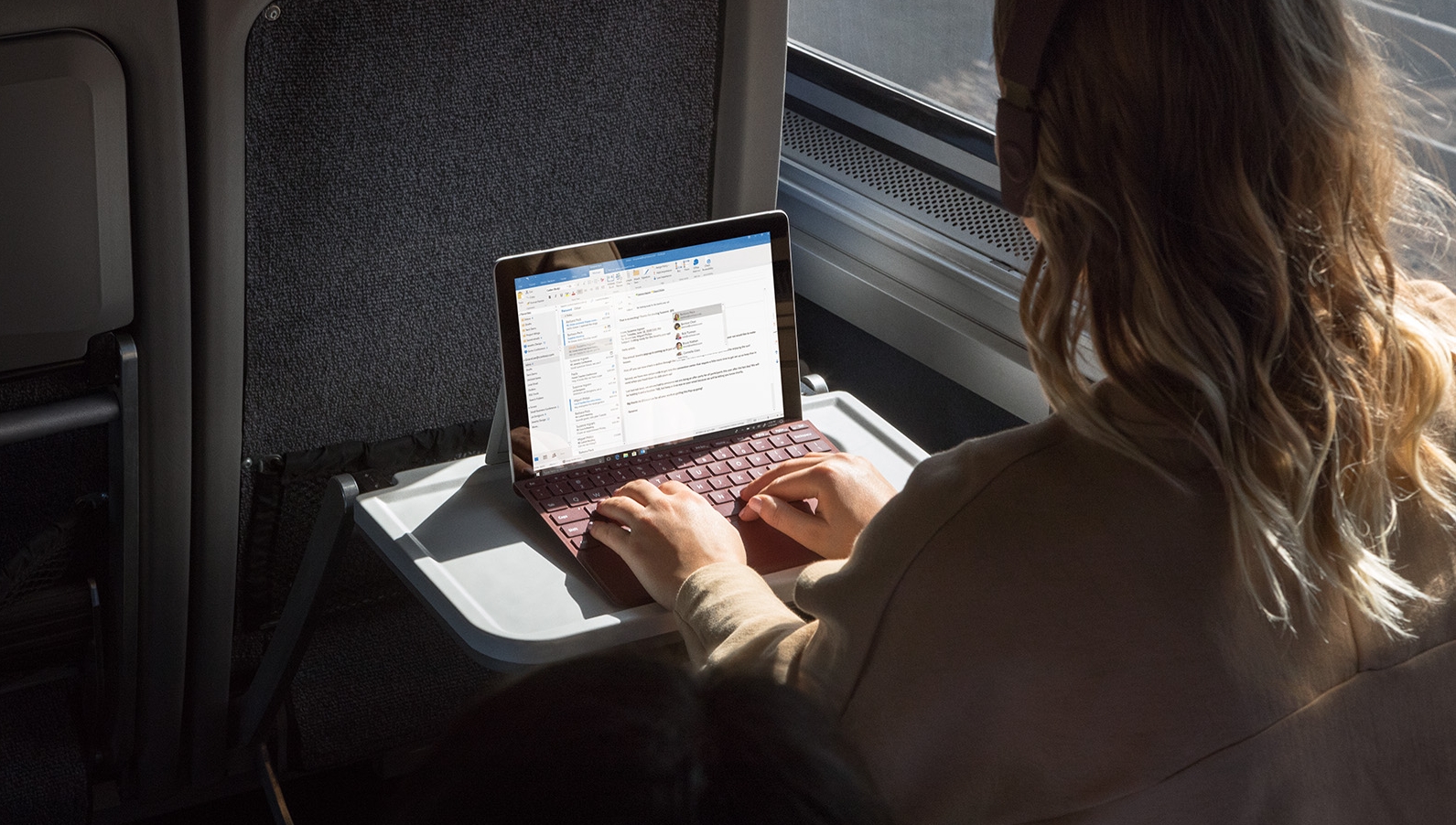
And when it resumed in November, we saw another issue pop up concerning Windows Media Player. And then another problem with Intel drivers (again). And then another – well, you get the idea…
Suffice it to say, we’ve never known such a problem-plagued update. And remember that Microsoft has been banging the drum about how great and streamlined its rollouts are becoming – and how AI is helping hone them. So that makes all this doubly embarrassing, really.
If this is artificial intelligence in action, then color us artificially unimpressed.

Edge of tomorrow
Another major development for Microsoft in 2018 was that the firm finally admitted that it had got things wrong with the default web browser for Windows 10. The company has been pushing hard with Edge for a good while now, but to no avail – indeed, this year saw Microsoft’s browser going backwards in terms of market share.
Really, Edge never recovered from the impression that the browser was unfinished when it first launched – missing key elements like extensions – and various bugs since then haven’t helped matters.
So it was time to wave the white flag, and while Microsoft isn’t killing off Edge as such, the browser will effectively follow in Chrome’s footsteps, adopting Google’s Chromium rendering engine (and abandoning the proprietary EdgeHTML browser engine).
When this was announced, suddenly it made sense why Microsoft had been surveying Windows 10 testers about why they use Chrome rather than Edge, and what they particularly like about Google’s browser.
The end result is that Edge will benefit from better compatibility with websites and services which are all built to play nicely with Chromium, given that Chrome is the top dog web browser by a long, long way.
And the hope for Microsoft is that this greater reliability will finally persuade the ever-growing numbers of Windows 10 users to adopt the operating system’s default browser – and not just them. Because Edge will be coming to other versions of Windows, and platforms such as macOS, plus updates will be delivered more frequently. And those changes should help with driving adoption in themselves.
There’s a long way to go before Edge reaches a meaningful level of market share, but if the browser can begin to carve out a compelling case for itself, who knows – Google could start to get a little concerned. Particularly if the folks who tend to be hit by Chrome’s memory-hogging issues, which are still kicking around to some extent – especially for those with lower spec machines – find Edge running more smoothly on this front.
So while this is an admission of defeat on the face of it, at least Microsoft has had the sense and guts to implement this change of course, and it could potentially work out well in the long run.
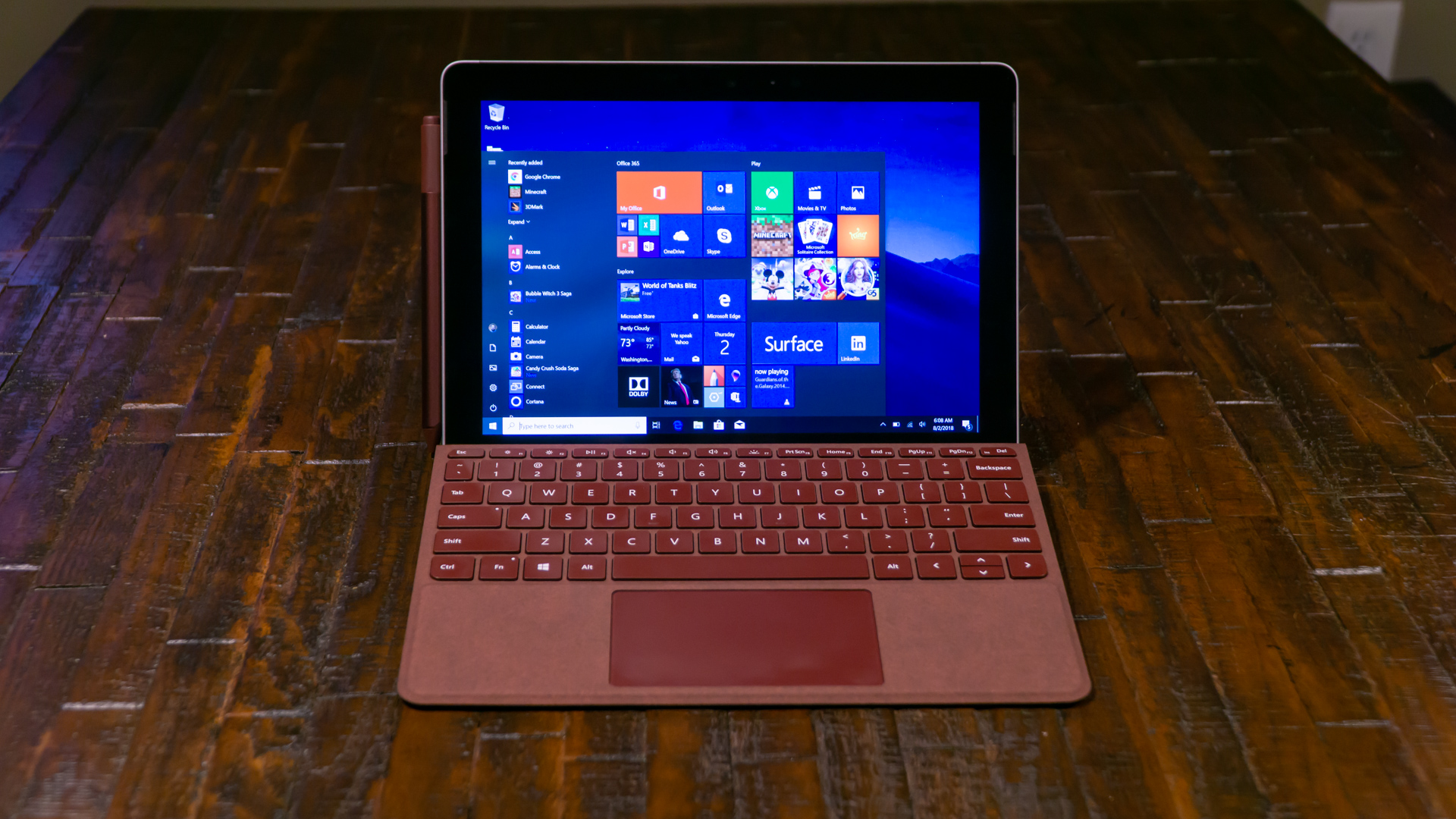
Super Surface
There definitely wasn’t any whiff of defeat on the hardware front, with Microsoft’s Surface devices helping it to leap into the top five US PC manufacturers for the first time ever, putting the company ahead of Acer and Asus, at least on the firm’s home turf (though not globally).
In Microsoft’s latest fiscal results (for the quarter running up until the end of September), Surface revenue was up 14% year-on-year, and sales were up 16% in the previous quarter, with things apparently ticking along very nicely.
Doubtless the Surface Go – which represented a Surface device being offered at a more palatable price for the first time in a long time – helped push sales. And the Surface Pro 6, despite being something of a disappointment in some respects, seems to have sold pretty well initially, at least going by one analytics firm’s observations (although it wouldn’t have been included in Microsoft’s most recent fiscal figures anyway).
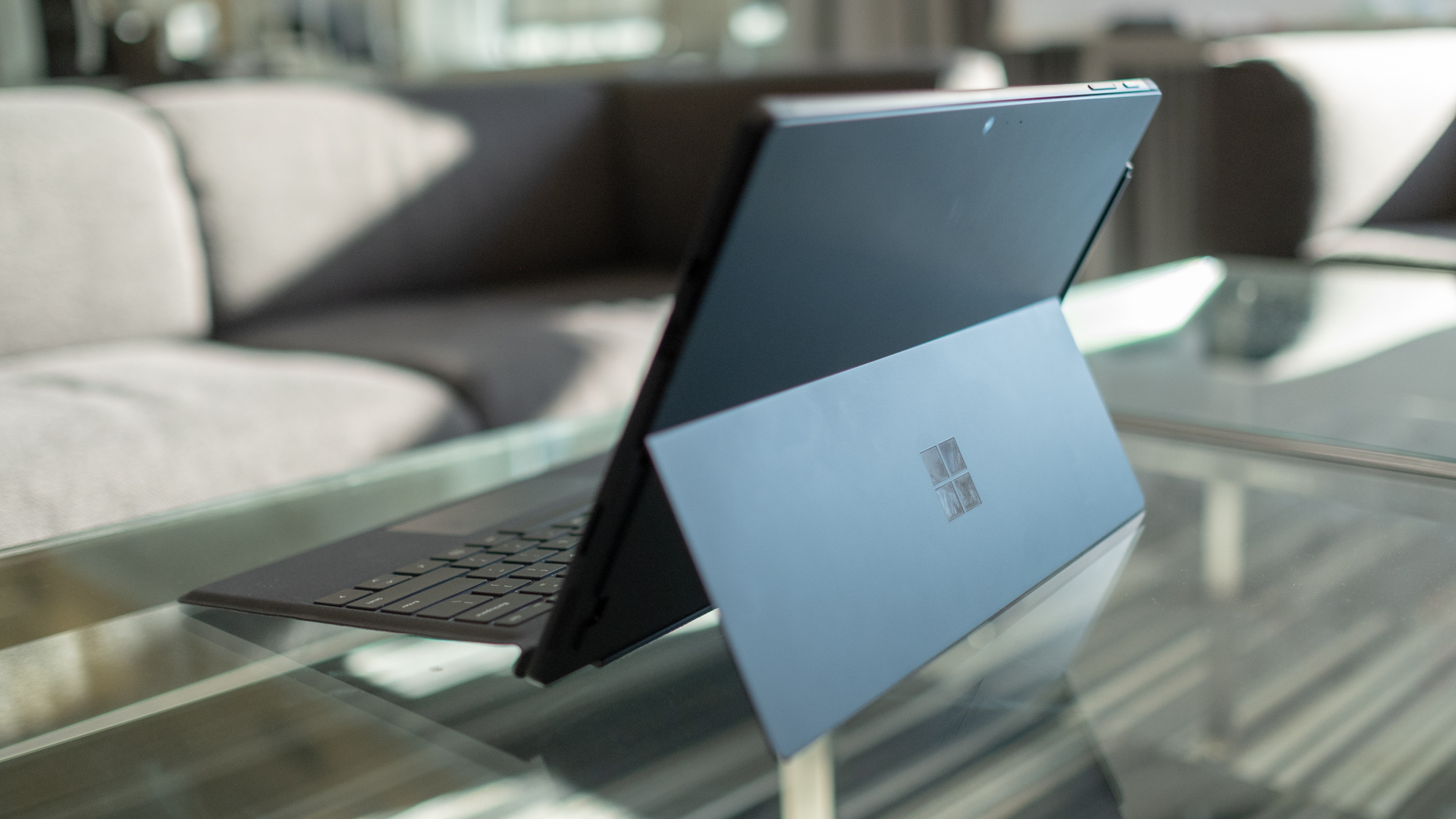
What was disappointing about the Surface Pro 6? It wasn’t a huge step on from its predecessor, and while the device did up the performance ante, that’s pretty much a minimum baseline for any hardware upgrade.
The fact that Microsoft didn’t see fit to grace the newcomer with a USB-C port, still sticking with aged USB 3.0 tech, has to be viewed in a dim light. Even so, the Surface Pro 6 still remains a great Windows hybrid machine – it’s just not much of a move forward from last year’s tablet.
Cloud cover
Another big Microsoft success came in the form of the cloud this year. In the firm’s last financial results, CFO Amy Hood noted that there was “continued demand for our cloud offerings”, and that commercial cloud revenue was up 47% year-on-year, hitting an impressive $8.5 billion (around £6.7 billion, AU$11.8 billion) for Q1 (fiscal 2019). Azure revenue growth also hit a majorly impressive 76% increase.
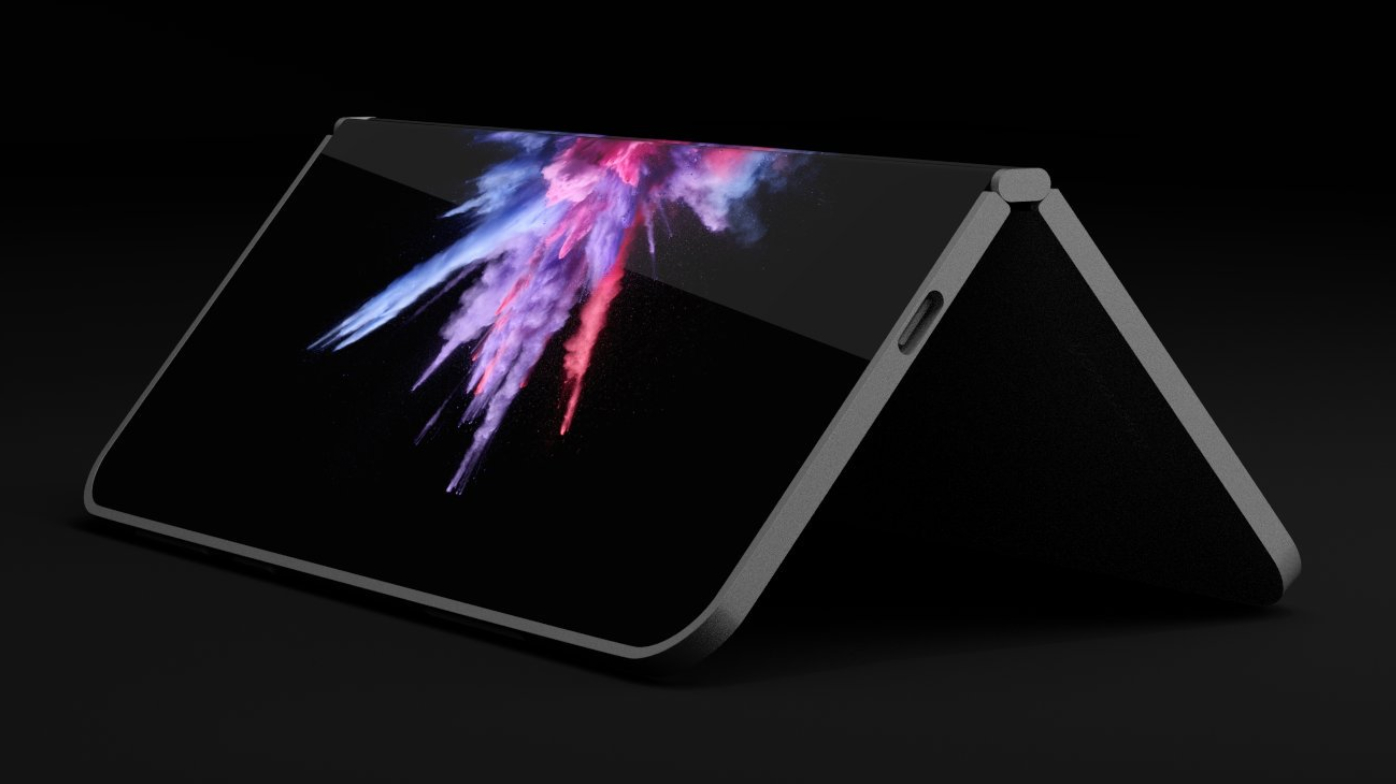
Two screens are better than one?
To round off, we also heard something interesting on the dual-screen phone or ‘pocketable computer’ codenamed Andromeda which Microsoft is rumored to be developing. It has been delayed and put on the back-burner, but that’s not a disappointment – it’s a good thing.
Mainly because Microsoft is apparently taking the time to get not just the hardware ready, but the OS, and perhaps most importantly, the software ecosystem. Launching a new device in a barren wasteland of apps being an obvious mistake the company isn’t about to repeat.
The other reason for the delay is that Microsoft is apparently prioritizing a new dual-screen tablet (codenamed Surface Centaurus) which could potentially be even more exciting. News emerged that the company appears to be backing a larger-screened device – offering more computing flexibility, including usage as a digital journal, laptop with a virtual keyboard on the second display, or simply a giant tablet – and we could see a reveal next year.
Let’s hope this one doesn’t go the way of the Courier, a concept Microsoft abandoned almost a decade ago.
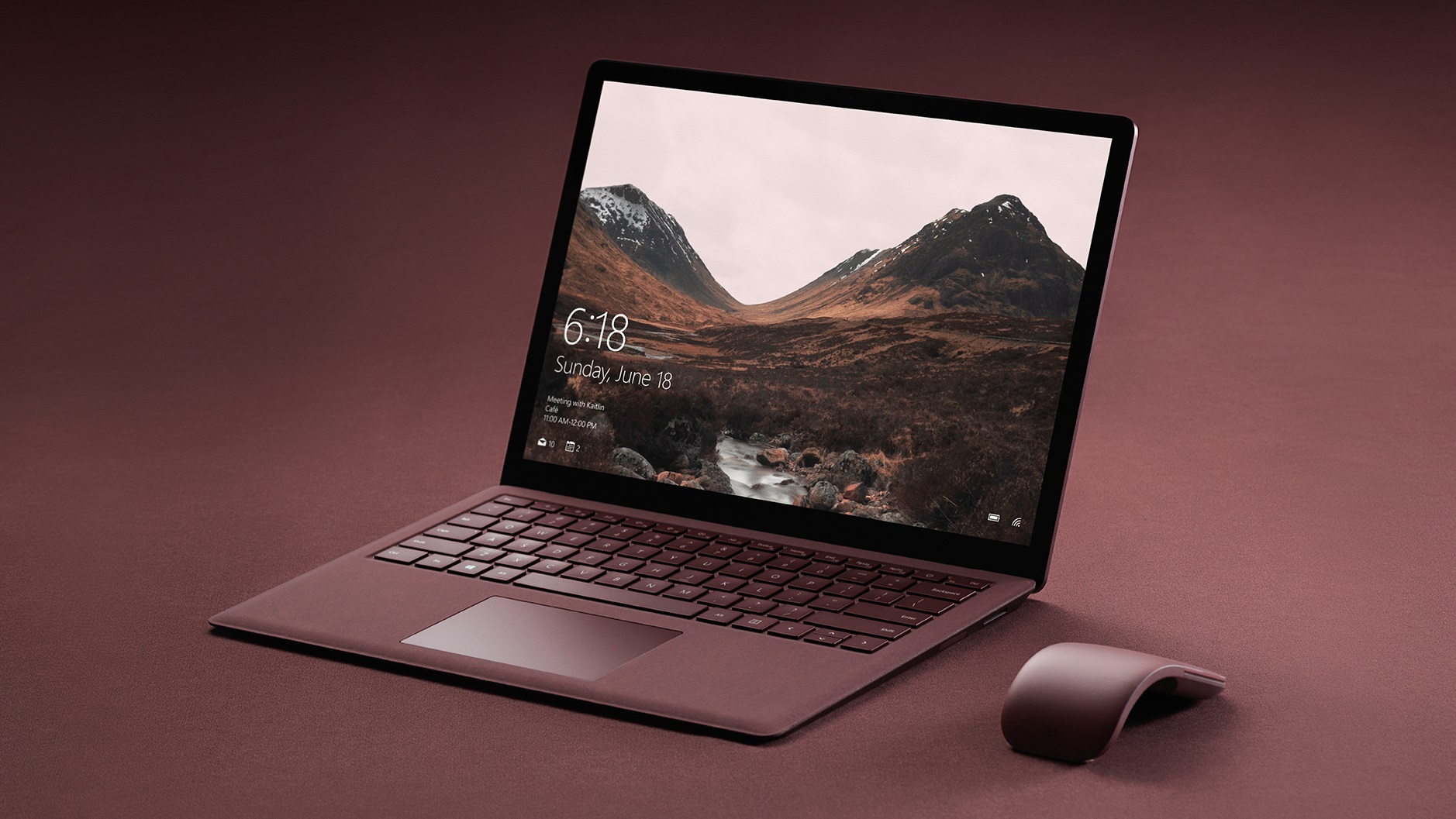
Concluding thoughts
Microsoft had a rather mixed year. There were definitely high points in terms of the Surface range and breaking into the top five PC vendors in the US, even if the latest iteration of the Surface Pro is unimaginative in many ways (and did nothing on the design front). Major headway was also made in the cloud game.
However, Edge floundered badly in 2018. Microsoft’s decision to switch the browser’s engine to Chromium to resolve compatibility issues – and open it up to a host of platforms and not keeping Edge tied to Windows 10 – may seem like the final admission of defeat, but could well be a smart move to stoke greater adoption and attract those denizens of the web looking for the solidity of Chrome in an alternative browser.
Windows 10, however, was the definite low point of the year with the latest update. The rollout of the October 2018 Update has felt shambolic at times – not to mention seriously sluggish – and is particularly embarrassing given that Microsoft has been doing a lot of boasting about how it has streamlined these upgrades using fancy-sounding AI and machine learning tech.
Overall, 2018 was a solid enough year for Microsoft. That said, it’s clear that looking forward, the company can’t afford any more missteps with Windows 10. Microsoft needs to make a big effort to ensure that the pair of updates arriving in 2019 run far more smoothly than the October 2018 Update, lest the reliability of Windows 10 – and Microsoft’s internal design and testing processes – begins to be questioned.
Also, it’d be nice if the next one wasn’t called March 2019 Update (or whatever month it happens to arrive in). Come on Microsoft – sort your mind-bogglingly unimaginative naming scheme out.
- Two of Microsoft’s Surface devices make our best laptops of 2018 list
0 comments:
Post a Comment